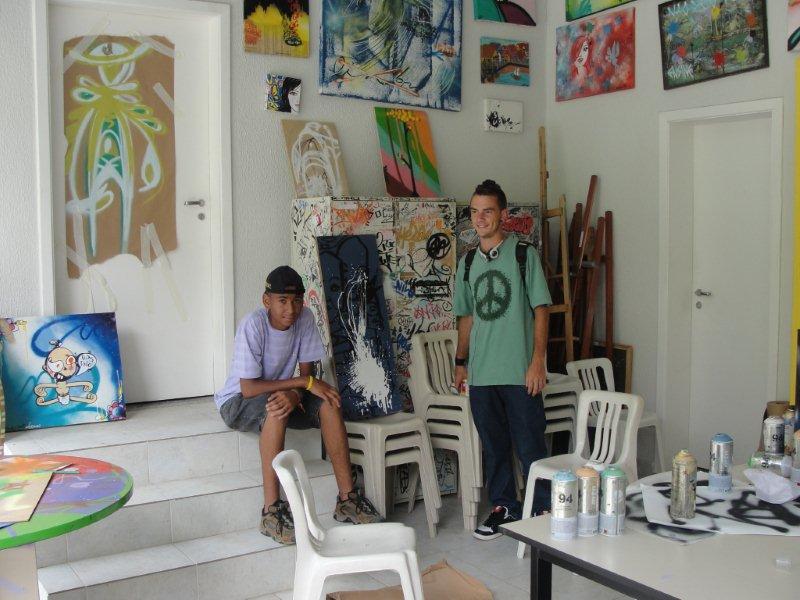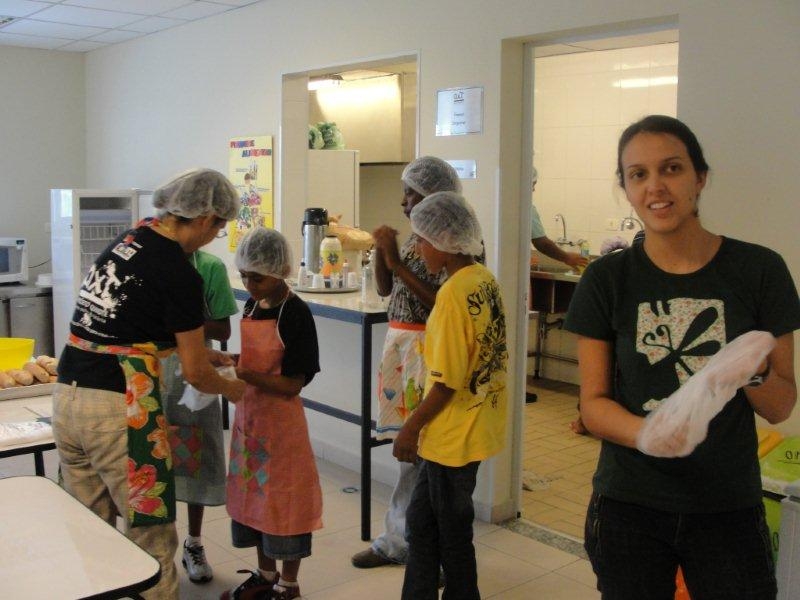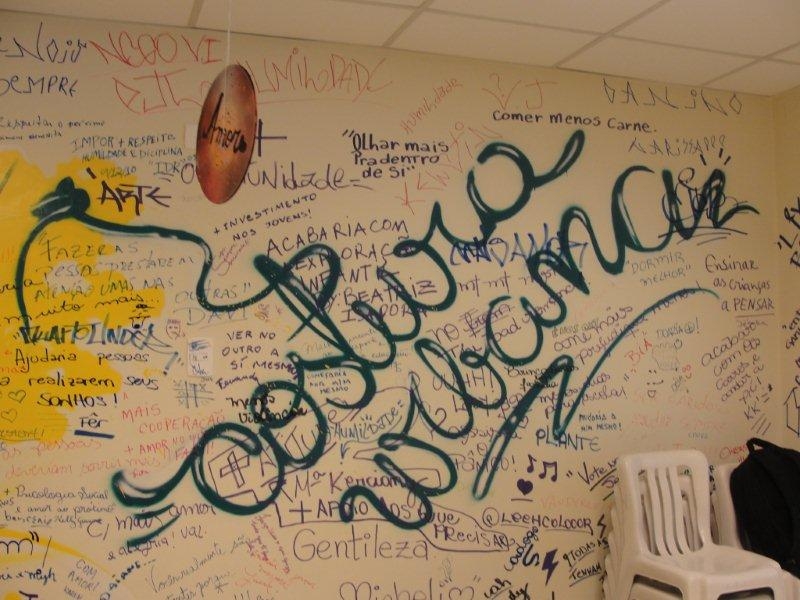By Bruna Polizzi* 

Named after the legendary character from Miguel de Cervantes’s novel, the Quixote Project was created in 1996 in Sao Paulo to offer medical and pedagogic assistance to street children in the Cracolandia (Crakland) region, area known for the high rates of drug abuse. Just like the soldiers and giants the idealistic knight fought, the Quixote Project faces huge challenges in order to accomplish its mission of working to transform a harsh reality riddled with violence, neglect and drug use.
The Quixote Project has expanded its activities to support youth and families through programs and training that enable adolescents to enter the workforce, provide psychological and psychosocial services, income generation programs and pedagogic, and artistic workshops. Each year the project assists an average of 1,600 people and offers 24,000 medical, social and pedagogic counseling.
Besides directly serving the community, the Quixote Project also disseminates

- The Quixote Project Culinary Workshop
the knowledge acquired in over 14 years of history by offering workshops to psychologists, social assistants and educators. It also offers consulting services across Brazil. Additionally, Quixote Project’s team conducts research on topics related to issues they face in the workday.
By the end of last year, the organization relocated to its new headquarters in the neighborhood of Aclimação, to a spacious new building that will allow the expansion of Quixote Project’s services. The new space will also house a store to sell arts and crafts produced by the mothers of the children and the youth that attend the project.
I had heard a lot about Quixote Project’s trajectory when I finally had the opportunity to visit it and meet some of the kids supported by the organization. The use of art as a form to educate and inspire is visible. While waiting for a graffiti workshop to begin, a group of students proudly showed me a wall filled with graffiti. Nearby, a stack of easels lied with paintings and spray cans. In the next room, called “Multipurpose Room”, another wall displayed words and drawings, except that this time they were statements of wishes and dreams. On the wall, Quixote’s children and teens express their hope for a better community, a place with “no child abuse” and where people “help each other achieve their dreams” and “pay attention to their neighbors”.
-

The "Multipurpose" Room
Quixote Project was BrazilFoundation grantee twice: in 2004, with the project “Graffiti na Cracolândia “ (Graffiti in Cracolandia) and in 2006, with the project “Moinho de Luz – Oficina de Vídeo-documentário” (Windmill of Light –video documentary workshop). Both grants have had a vast impact in the organization and eventually originated two new business models at Quixote Project. The first one was an educational program to young adults who wish to pursue graffiti professionally and the second, the creation of the “Image Dam”, a community-based production company that also offers multimedia workshops.
As a BrazilFoundation volunteer in New York for over two years, I was extremely happy to witness at first-hand such an inspiring project and to note that social change in Brazil is not an unattainable mission but an effort that must rely on several Don Quixotes willing to challenge their social realities.
* A native of Sao Paulo, Bruna is a volunteer at BrazilFoundation since 2009 and a member of the Foundation’s Junior Committee. Bruna is pursuing a Masters of Science in Integrated Marketing at New York University.
To learn more about the Quixote Project, please visit: http://www.projetoquixote.org.br/


